PSAT’s: What’s the Point?
Juniors and sophmores should use the PSAT/NMSQT packet to study and gain more information about the National Merit Scholarship Program.
October 7, 2013
This school year is in full swing, and for many CHS students, this is a time to start really thinking about life after high school and how they wish to spend it. In many cases, taking standardized tests are a part of this process.
For many students, college is something that is in their plans. To be considered for most colleges, students must take the SAT entrance exam. The SAT is a deciding factor in where, and when, a student can attend college. This is where the PSAT comes in handy.
The PSAT stands for Preliminary Standardized Aptitude Test. Juniors and sophomores who have completed geometry should take PSAT if they plan on attending college after they graduate high school.
The PSAT tests math problem solving skills, writing skills, and critical reading skills.
Why should juniors take the PSAT? Ninth and tenth grade counselor, Johanna Jones said, “Juniors should take the PSAT this year as a practice test for the SAT.”
The PSAT is not the SAT exam, but it can help students prepare and practice for it.
Jones said, “The PSAT allows students to not only experience the academic rigor involved in the testing, but also the experience of taking a large test at school on a Saturday morning.”
According to the College board website, “On average those who took the PSAT exam in October scored, on average 17 points higher in critical reading, 16 points higher in math, and 22 points higher in writing.”
The website also mentioned that juniors should take the PSAT to “see how your performance on an admissions test might compare with that of others applying to college.”
The PSAT is useful in the fact that after a student completes it; they can then focus on their weaker areas and try to improve on them.
Junior Dannah Rolar said she’s taking the PSAT “for the possibility to score a National Merit Scholarship.”
The Preliminary SAT/National Merit Scholarship Qualifying Test (PSAT/NMSQT) is also an entry test that students must take in order to be entered in the National Merit Scholarship Progam. If a junior scores high enough on their PSAT exam, they could possibly become National Merit Scholarship Finalist or Semi-Finalist.
The National Merit Scholarship Program is an academic competition among high school students for recognition and college scholarships that occurs annually. The National Merit Scholarship Program offers a total of 9,200 scholarships each year.
There are several benefits of being a National Merit Scholar. Being a National Merit Scholar opens doors to many new scholarship opportunities and also, many colleges offer awards to National Merit Scholars.
Jones recommends that juniors and sophomores study for the PSAT as well. Studying for the PSAT can help you achieve a high score, and give you an idea of how your SAT scores may turn out.
Although students PSAT scores are not counted as the SAT, they are helpful in student’s college application process and should be taken seriously.




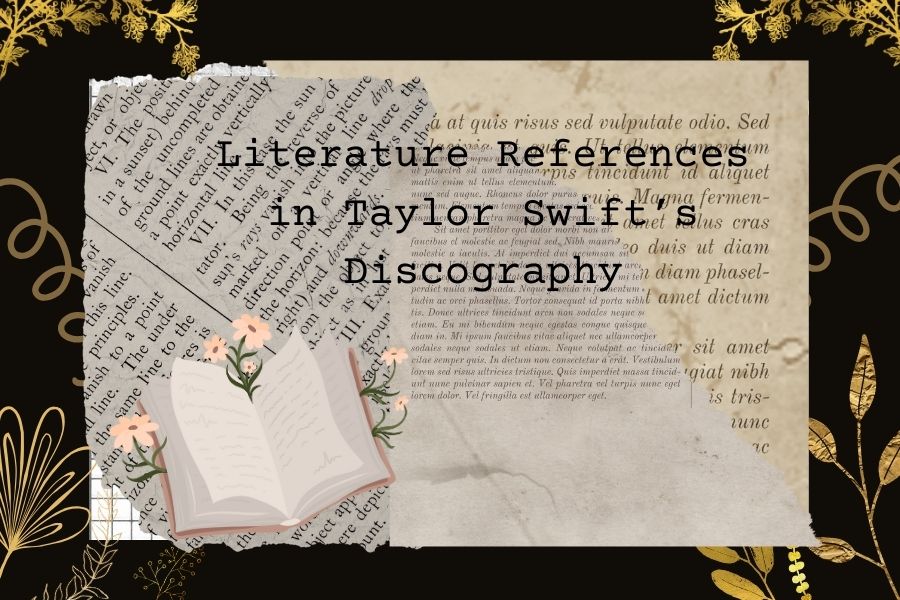

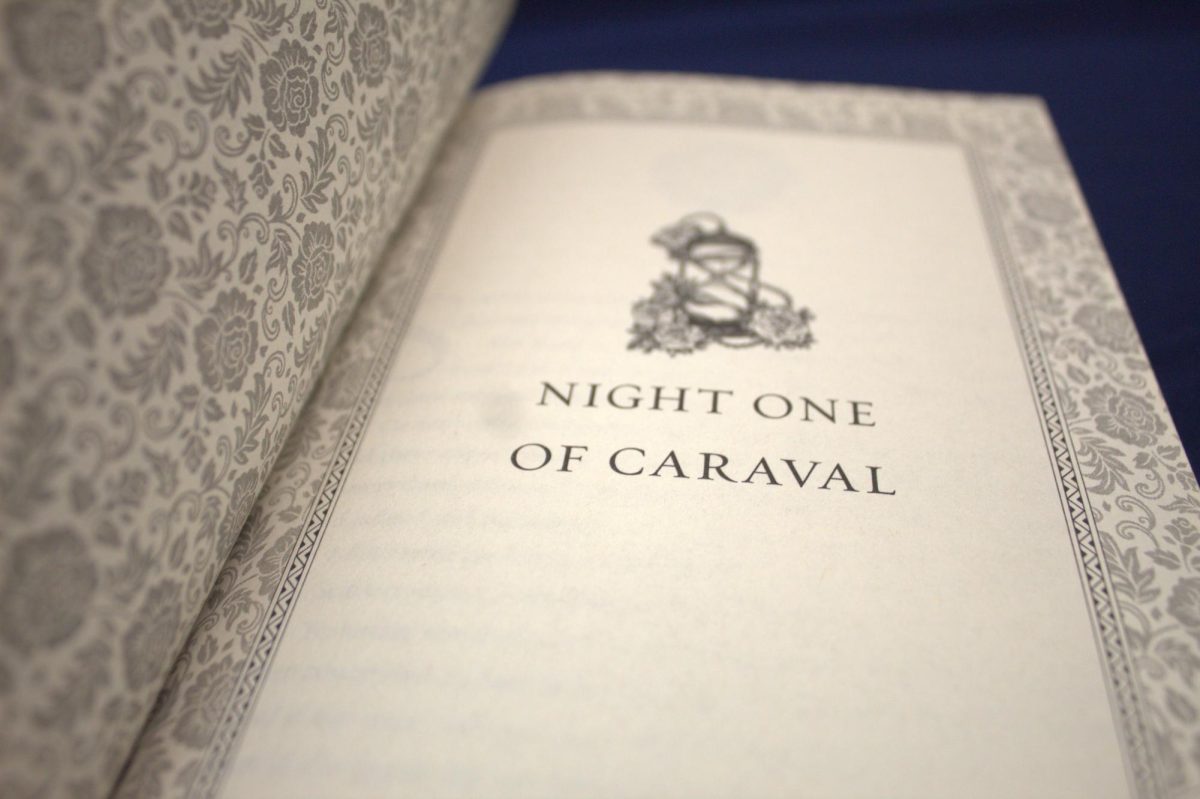
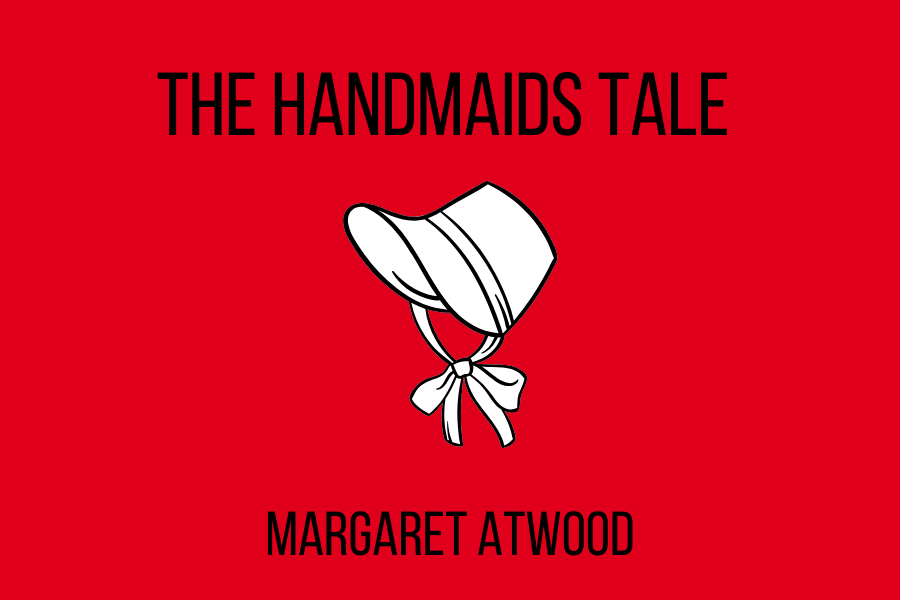













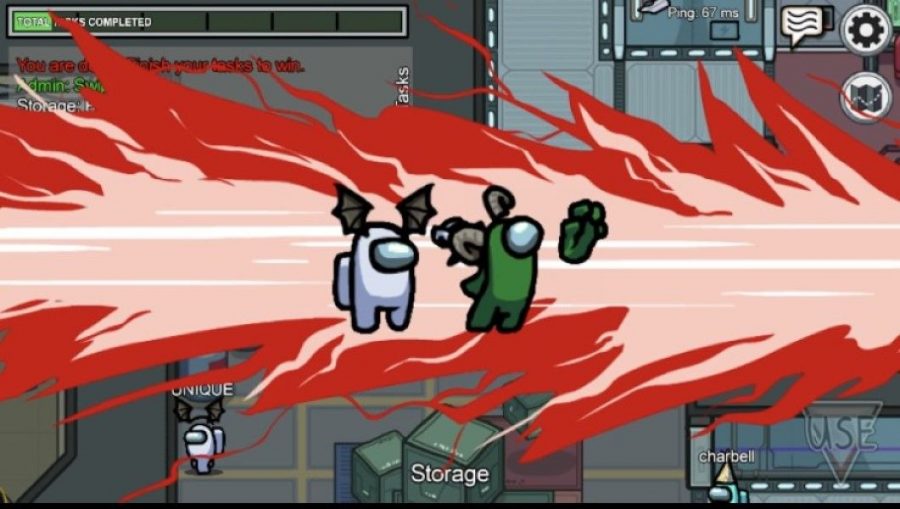








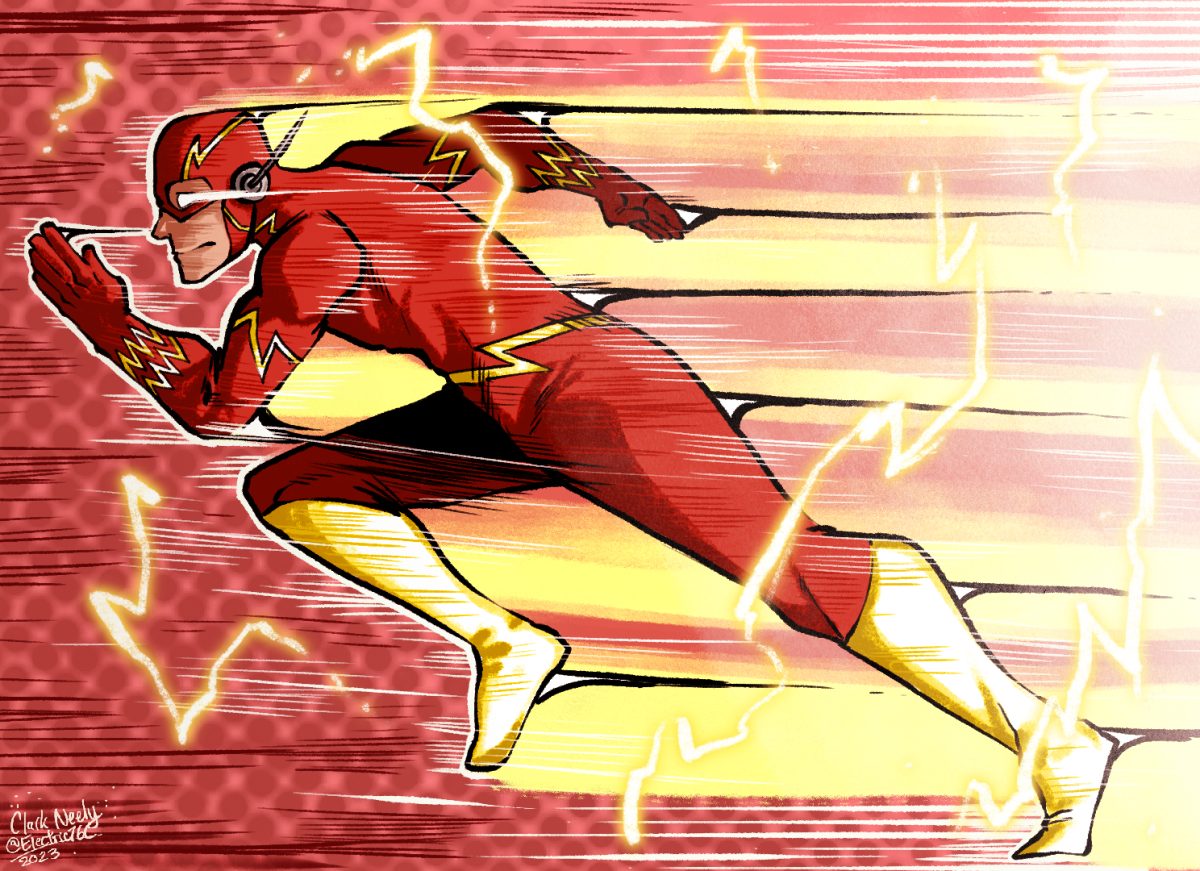







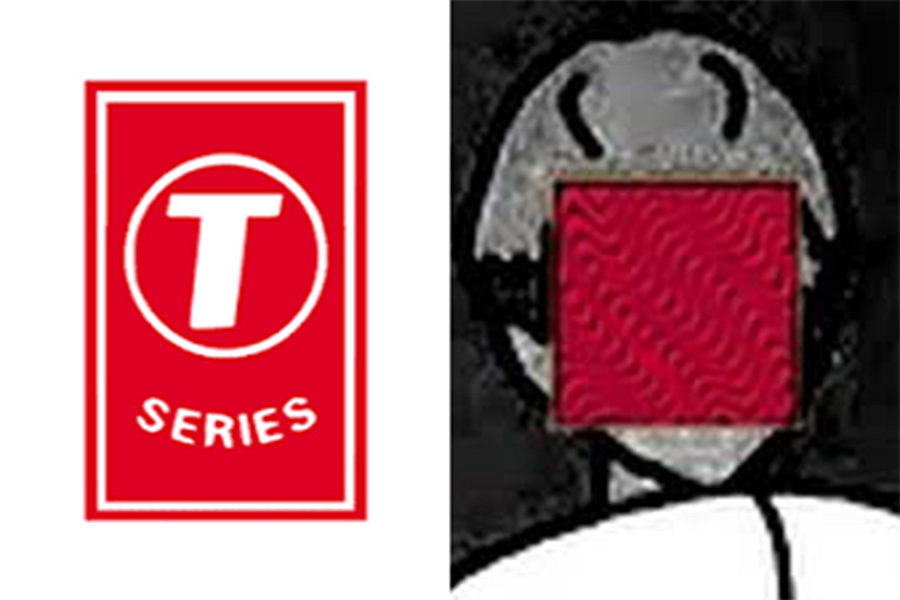



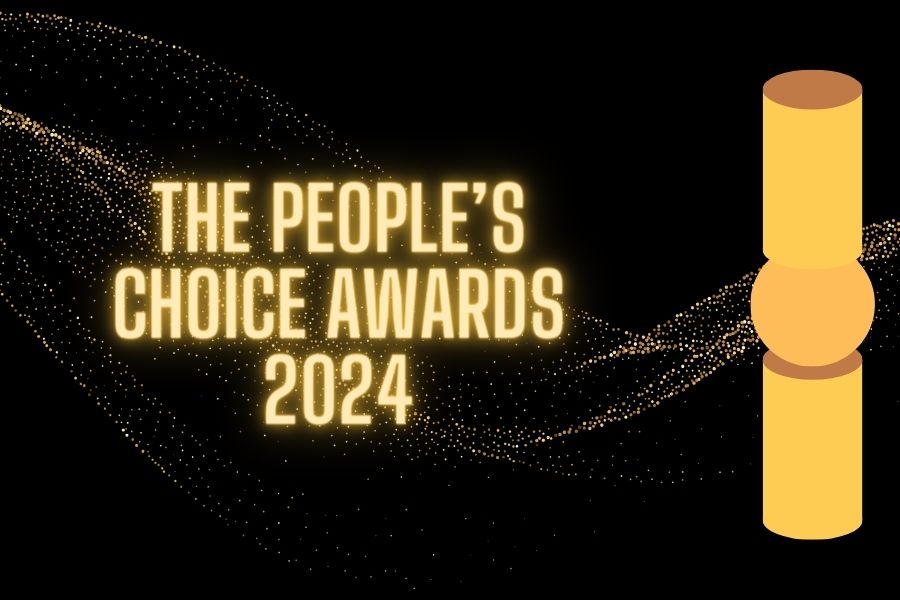

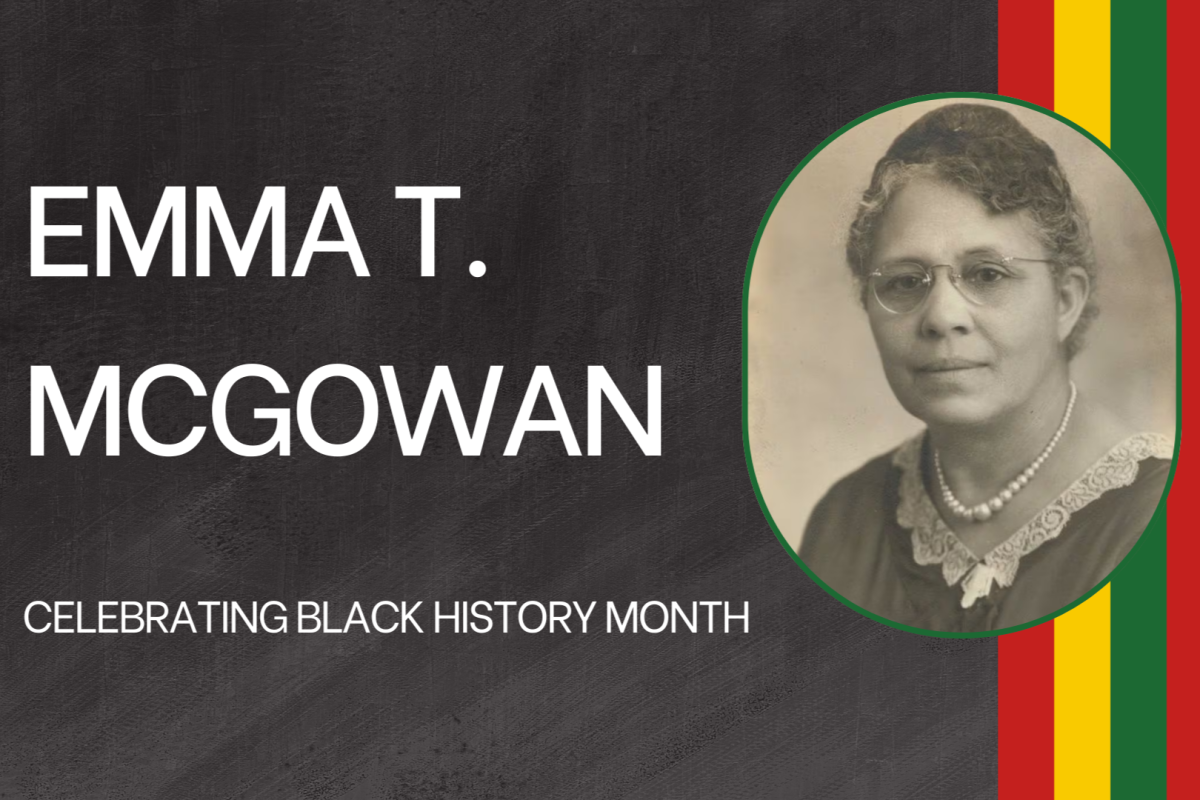

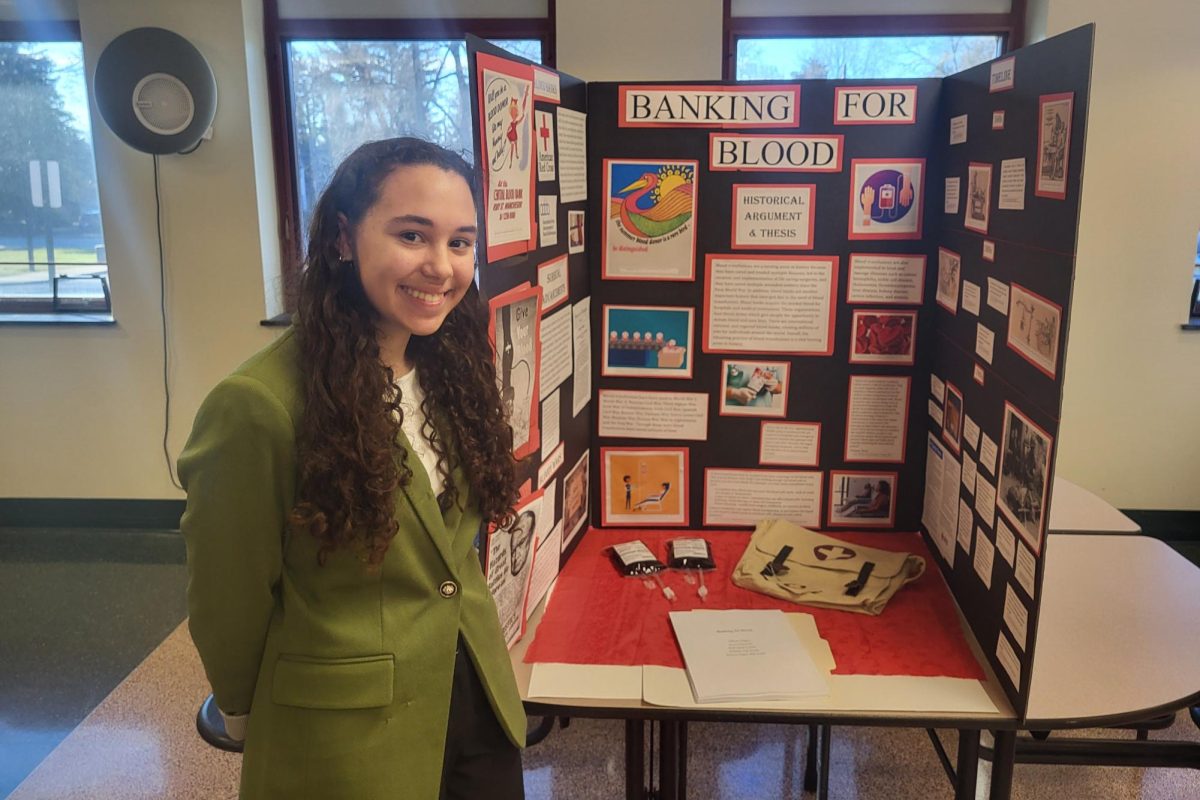


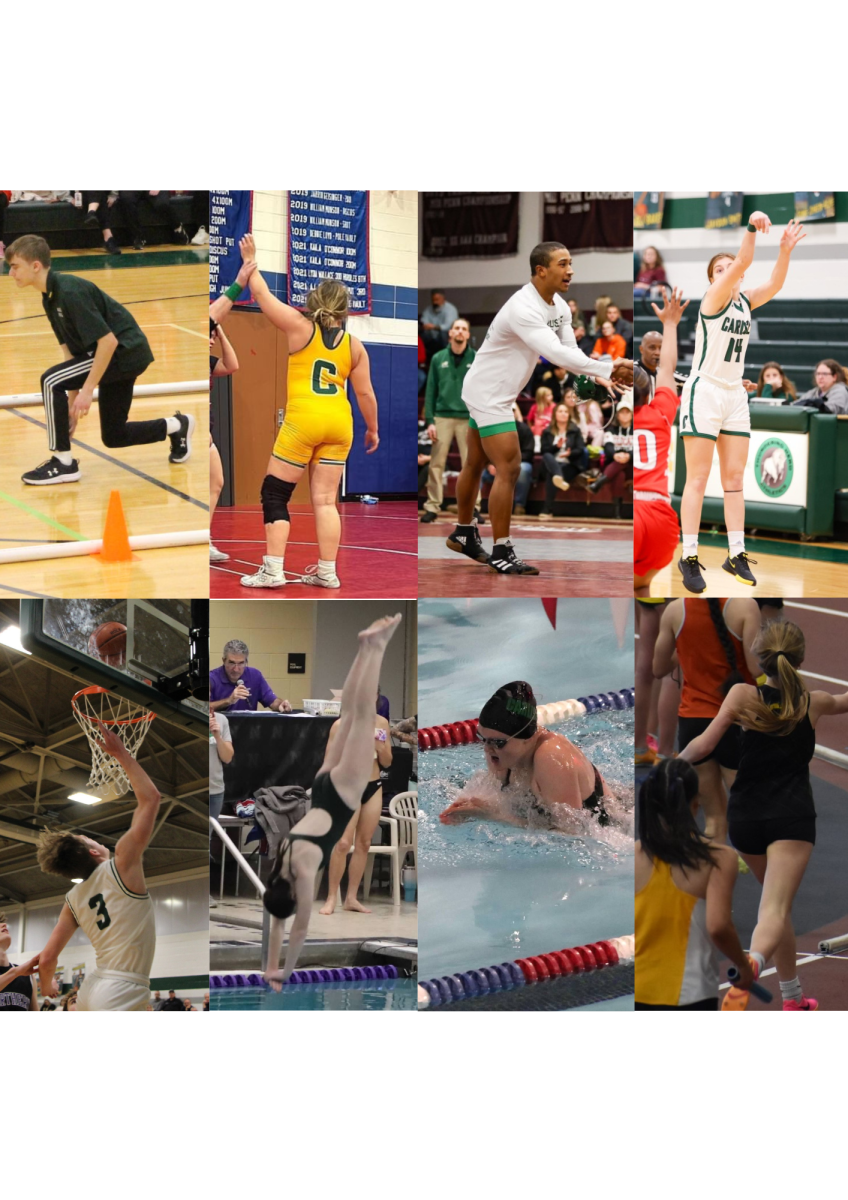


















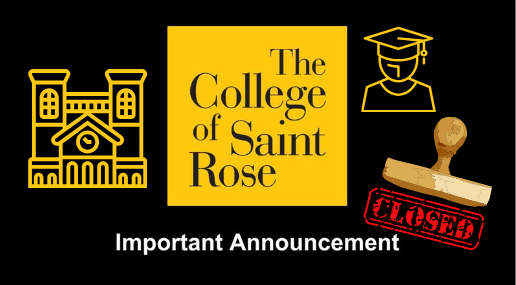




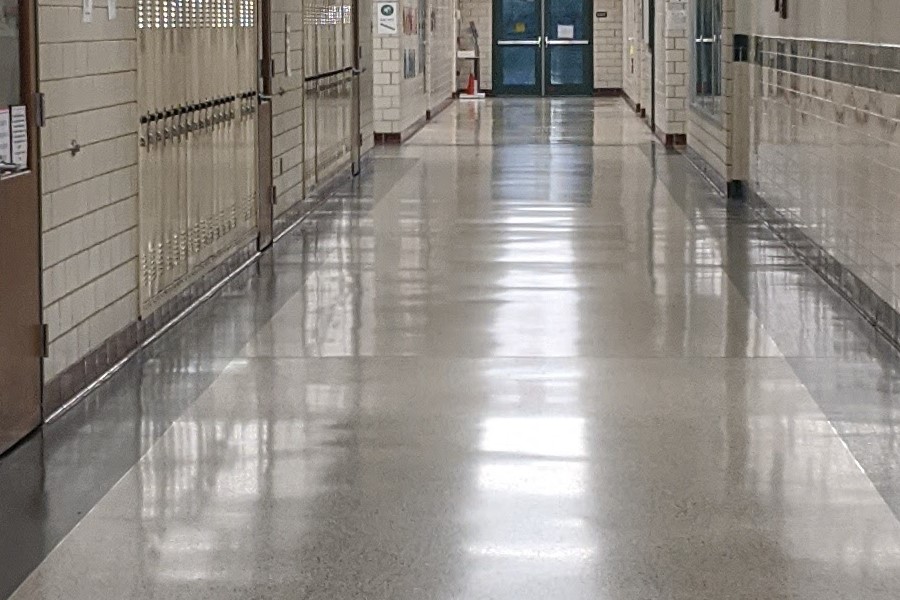

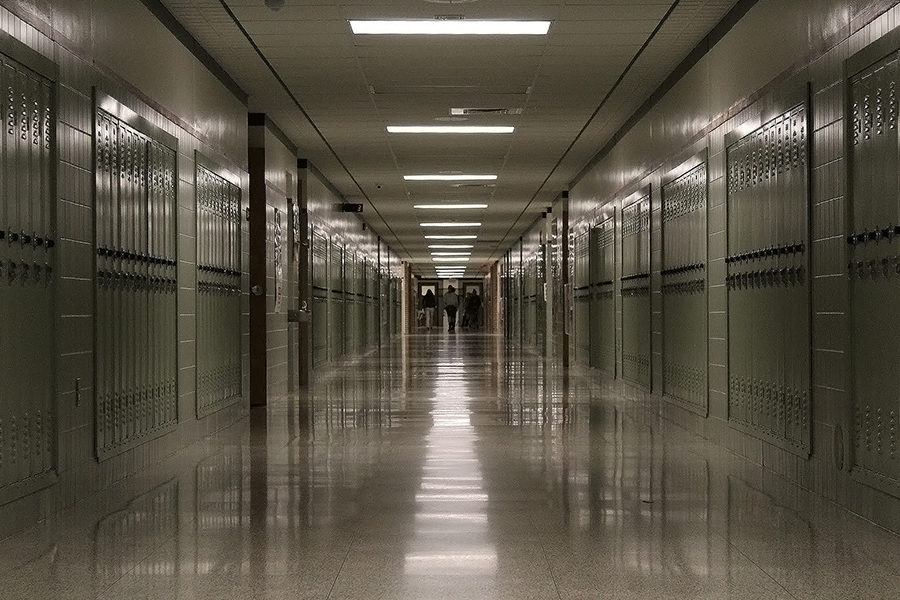



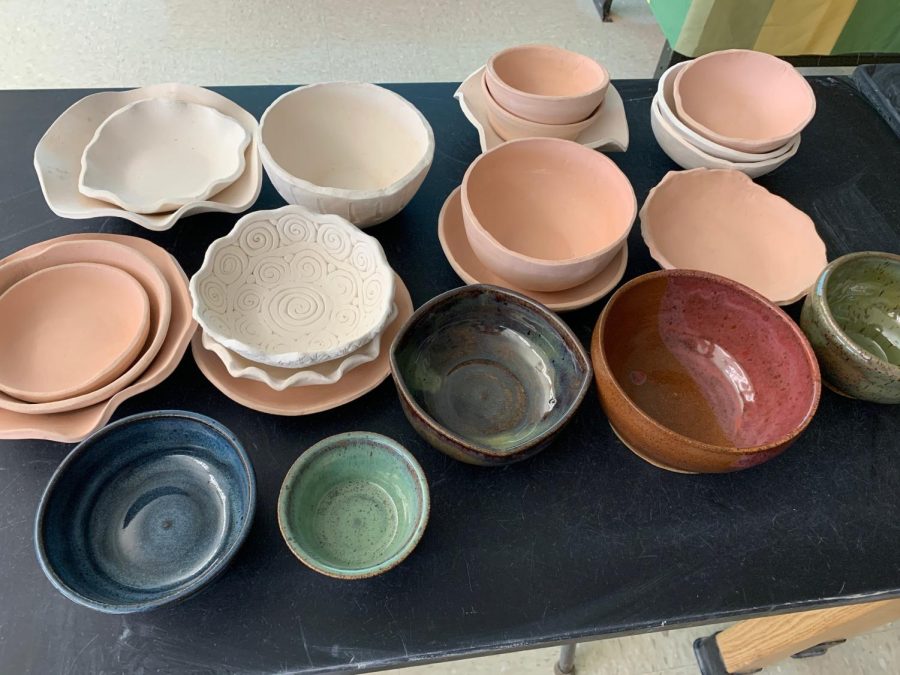

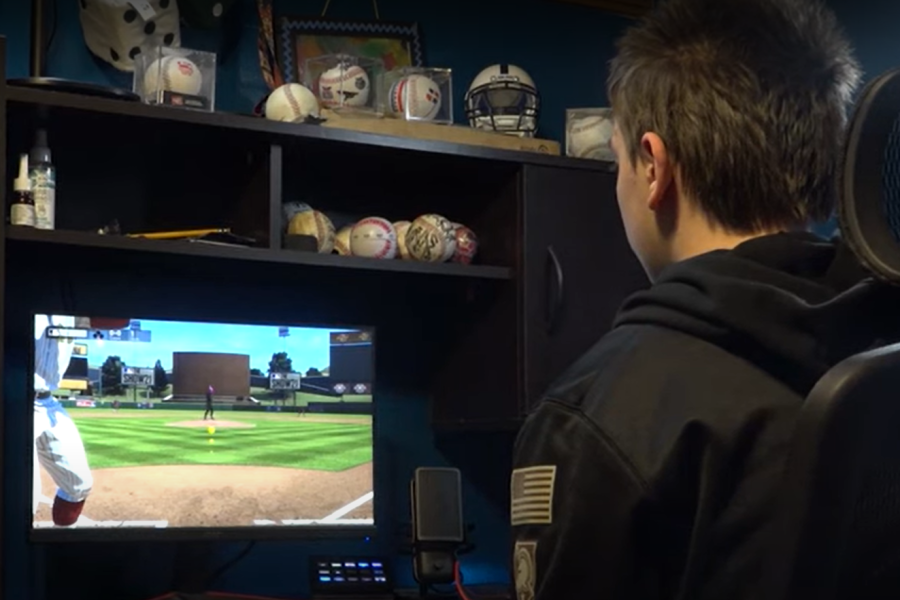








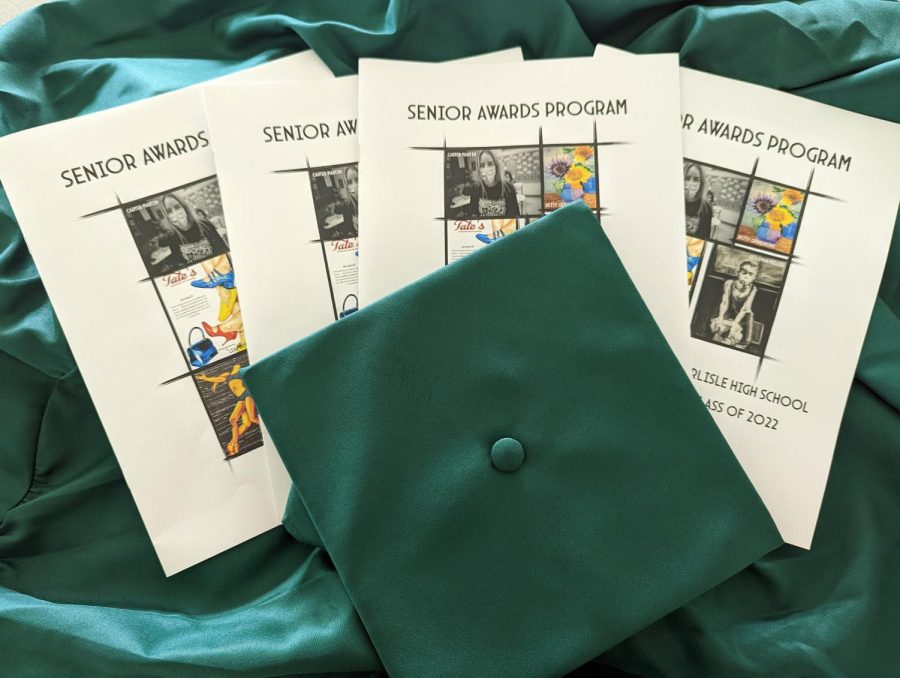


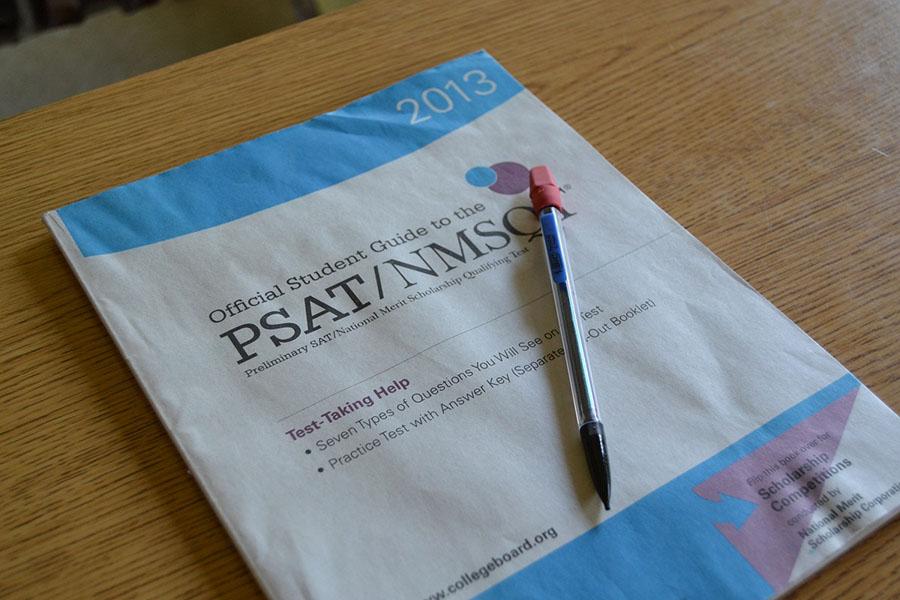




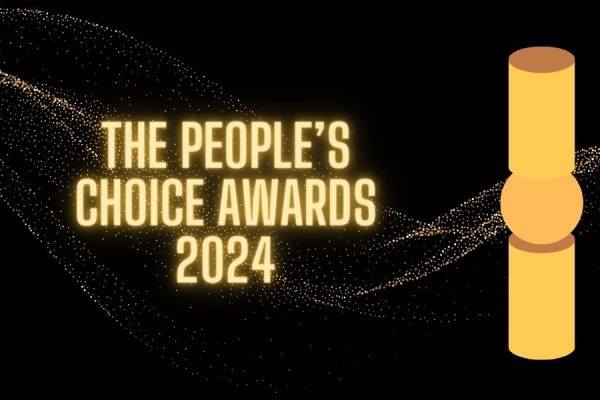

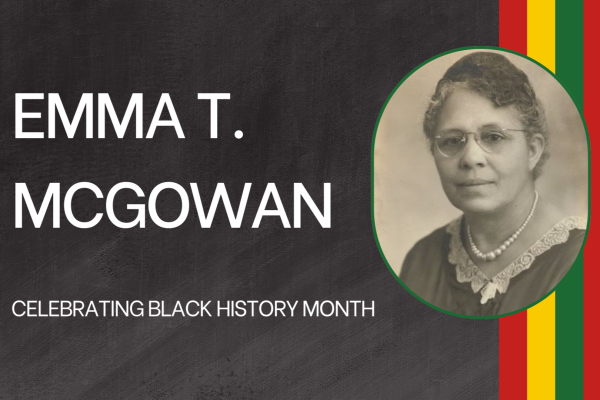






Zack Loudon • Nov 4, 2013 at 11:15 pm
I think that the PSAT makes no sense. For many colleges students are allowed to take the SAT as many times as they want to, and the college only looks at the students best scores in each section. If a student was to score well on the PSAT, it would not help them get into college. If a student takes the actual SAT instead of the PSAT and scores well, they would then be rewarded by getting into a good college.
Kimberly Reisch • Nov 4, 2013 at 6:52 pm
I have taken the test twice. It really did help to prepare me for the actual SAT. Even though it does cost money, It is a good idea, especially because it costs much less to bomb this test than to bomb the actual one.
Kelley Ann Mitchell • Oct 7, 2013 at 10:43 pm
I think the PSAT is a very helpful tool in preparing for the SAT and ultimately, college. It helps prepare the student for the types of questions they might see in other higher level standardized tests for college entry. I do think that students should put more emphasis on this test than they do. I know I didn’t study as much as I should have when I took it last year. It also gives students a chance to be recognized for a national merit scholar. This is a very prestigious title and is very hard to come by. It can earn lots of scholarship money and recognition around the college community.